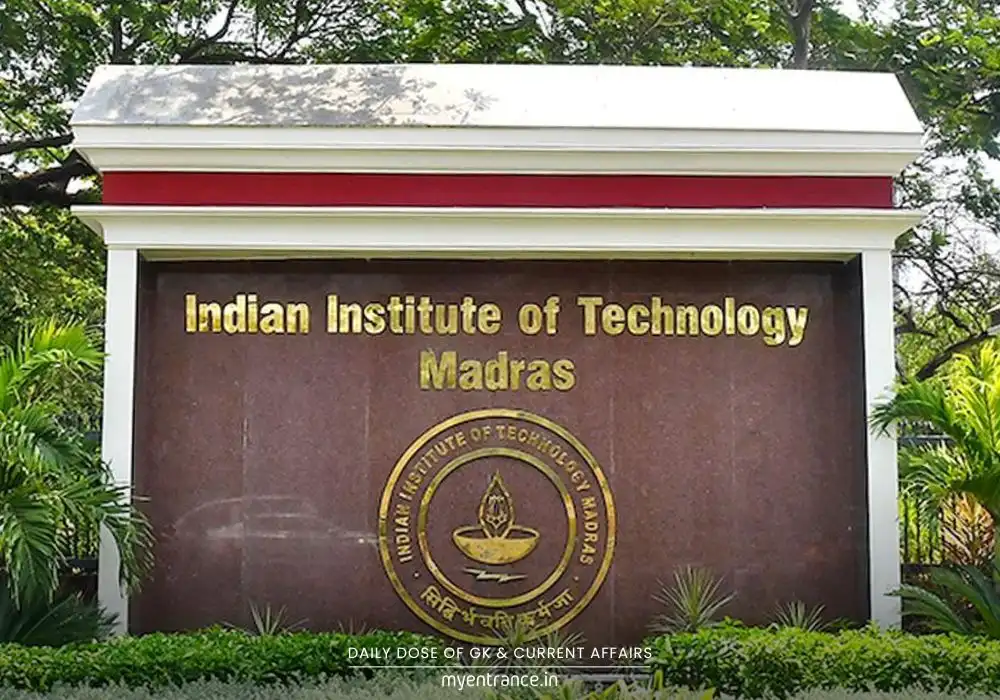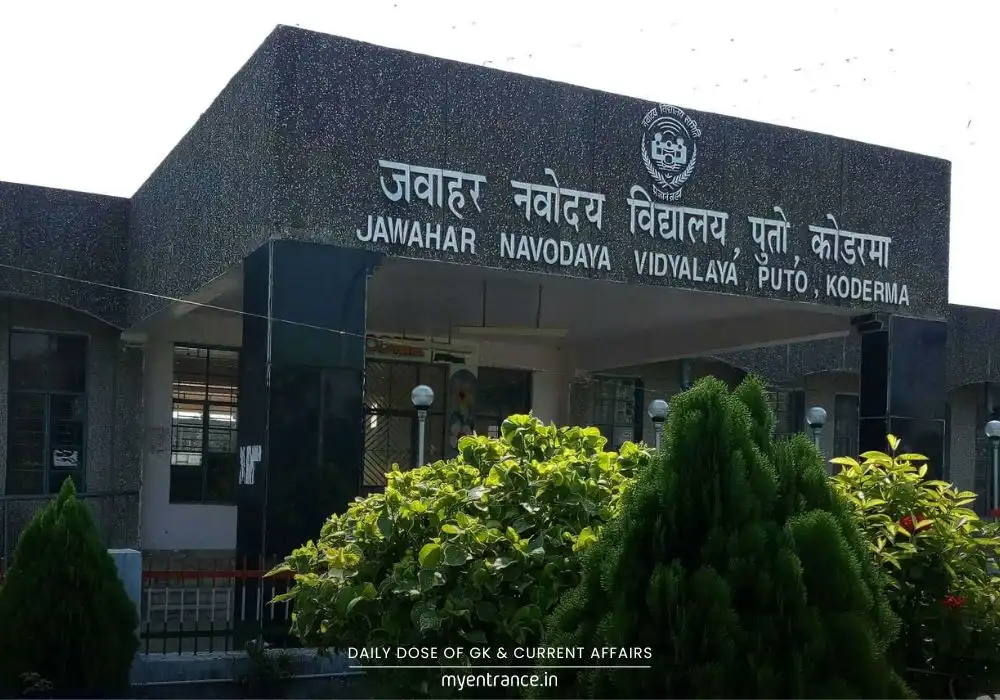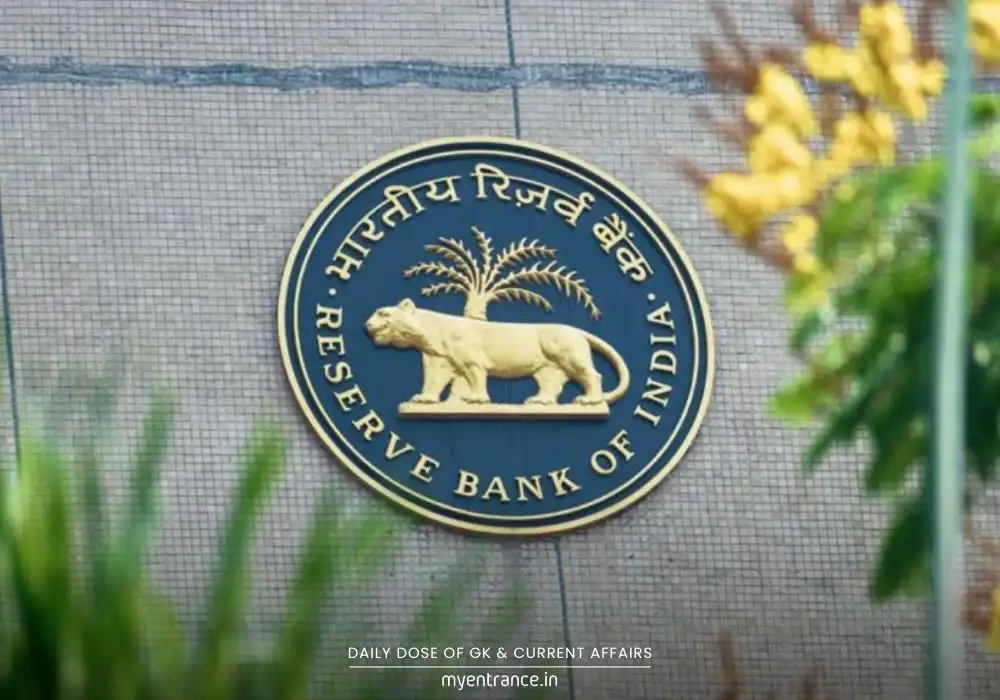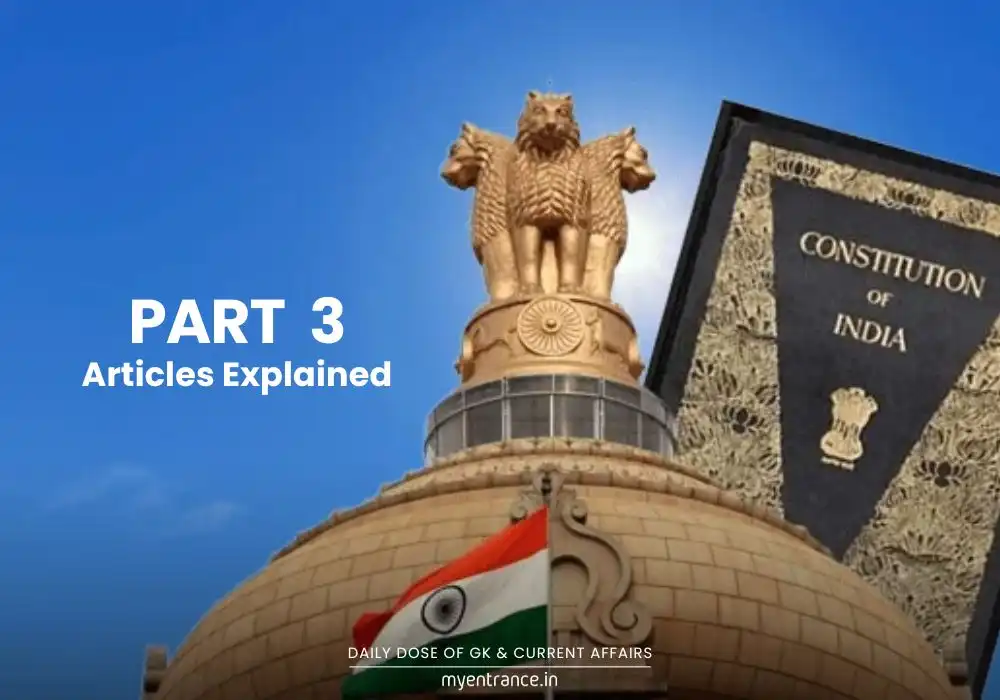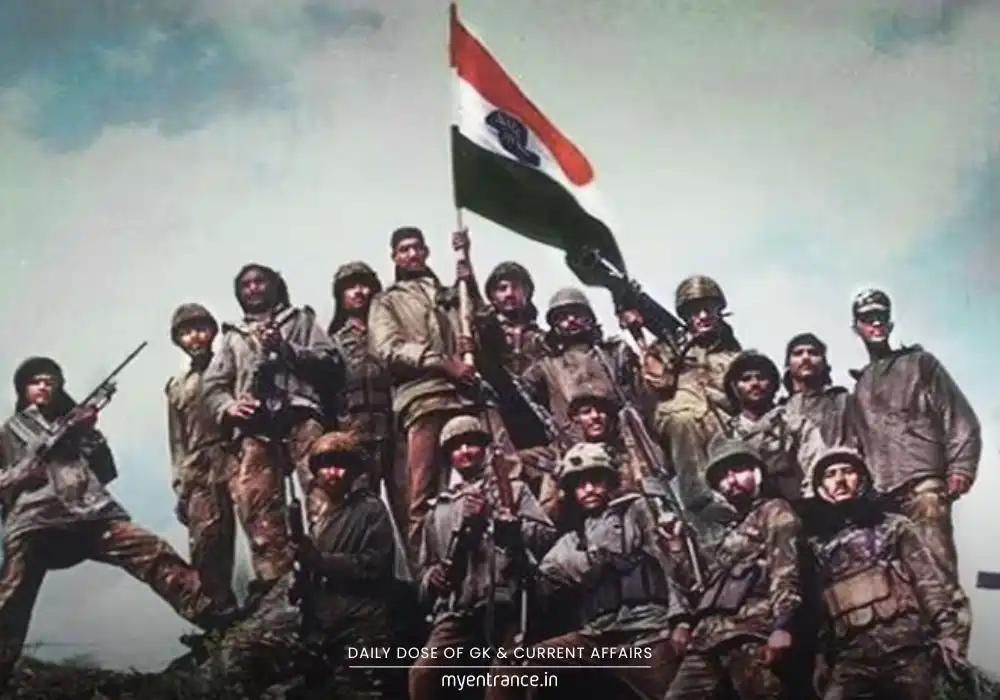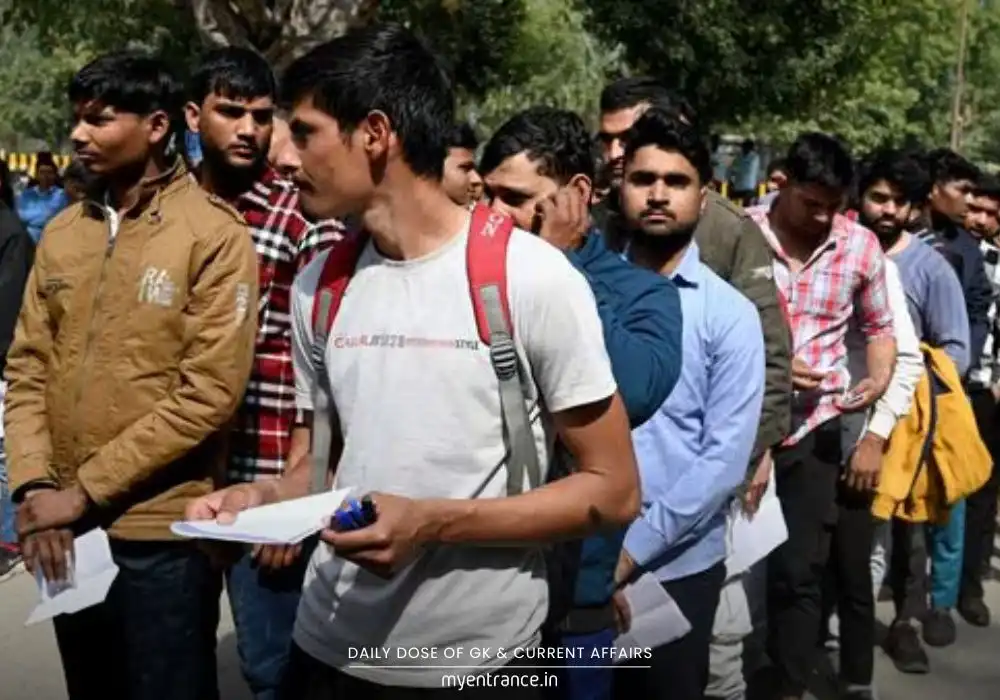Select Language
India’s Strategic Acquisition in Sri Lanka: Mazagon Dock & Colombo Dockyard
Navigating complex current affairs like India’s strategic moves in Sri Lanka is key for easy preparation in competitive exams. This complete guide breaks down the Mazagon Dock deal, showing why myentrance.in is the best site to learn essential online preparation for topics impacting SSC, PSC, NIFT, and more.
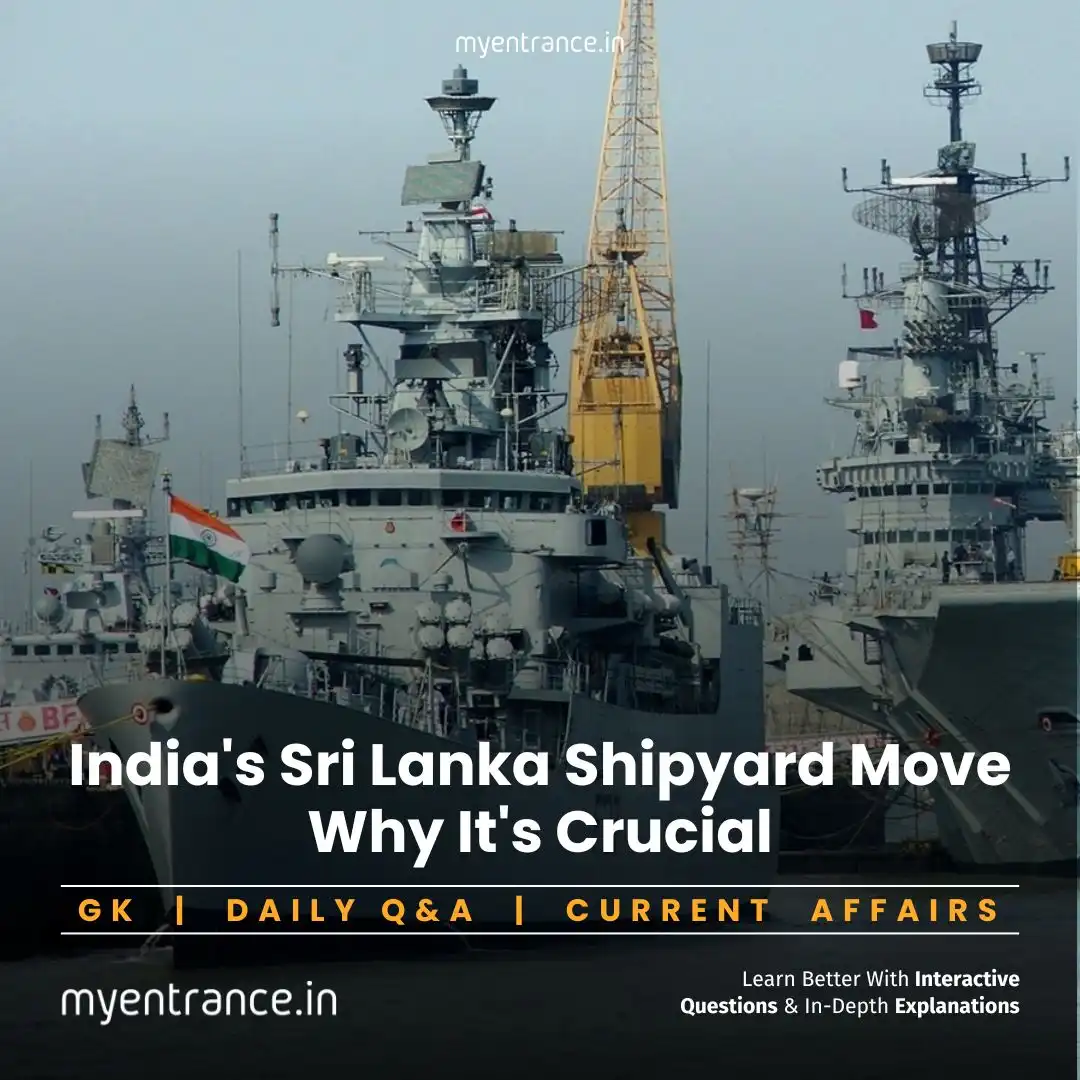
The Content: India’s Strategic Play in Colombo Dockyard
Recent headlines announced a significant geopolitical move: India’s government-run Mazagon Dock Shipbuilders Limited (MDL) acquired a controlling stake in Sri Lanka’s Colombo Dockyard PLC (CDPLC) for nearly $53 million. Far more than just a business deal, this acquisition is a calculated strategic response driven by several key factors:
Countering China’s Influence: A primary driver is India’s aim to counter China’s rapidly expanding footprint in the Indian Ocean Region (IOR), particularly in Sri Lanka. China’s control of the Hambantota port under a 99-year lease raised significant security concerns for India.
Answering Sri Lanka’s Call: Sri Lanka, facing economic hardship, actively sought Indian investment as a bailout option. When Japan’s Onomichi Dockyard exited CDPLC in late 2024, Colombo specifically requested India encourage investors.
Strategic Maritime Positioning: Located in the vital Port of Colombo, CDPLC gives MDL a “strategic foothold” in a crucial maritime corridor. This directly strengthens India’s maritime presence near its shores.
Boosting Regional Shipbuilding: MDL, a major Indian shipbuilder, gains its first international venture. This transforms it into a regional maritime player with global aspirations. The deal is expected to:
Significantly alter the regional shipbuilding and repair landscape.
Capture more ship repair business from the Indian subcontinent.
Allow MDL to potentially divert certain orders to the Colombo facility.
Aligning with India’s Policies: This move is a tangible manifestation of India’s “Neighbourhood First” policy and its “SAGAR” (Security and Growth for All in the Region) vision, emphasizing cooperation and security within its immediate sphere of influence.
The China Factor: The timing is critical. Just months before the deal, CDPLC signed an agreement with the China-controlled Hambantota International Port Group (HIPG) to set up a workshop there. India’s acquisition is a direct counterbalance to China’s entrenched position in Hambantota.
Why is this Crucial for Your SSC, PSC, NIFT, and Other Exams?
This development isn’t just news; it’s potential exam gold! Here’s why:
Current Affairs Staple: It’s a prime example of a high-impact “Current Event of National and International Importance” (Prelims Syllabus).
India’s Foreign Policy in Action: Perfectly illustrates key Mains topics (GS-II): “India and its Neighbourhood Relations,” the “Neighbourhood First Policy,” and the “SAGAR Doctrine.”
Geopolitics & Security: Demonstrates real-world application of countering strategic challenges, understanding maritime security, and the dynamics of India-China competition.
Economic Diplomacy: Highlights how investment and economic partnerships are tools of foreign policy and soft power.
Understanding Regional Dynamics: Essential for grasping the complexities of South Asian geopolitics and India’s role within it.
Sample Questions & Answers
Q: The recent acquisition of Colombo Dockyard PLC by Mazagon Dock Shipbuilders is primarily seen as India’s strategic move to counter the influence of which country in the Indian Ocean Region?
A: China.
Q: Which key Indian foreign policy vision, focusing on maritime security and cooperation, is reflected in the MDL-CDPLC deal?
A: SAGAR (Security and Growth for All in the Region).
Q: What major port in Sri Lanka, leased to China for 99 years, is a primary concern for India and a key reason behind the Colombo Dockyard acquisition?
A: Hambantota Port.
Q: Which Indian policy, emphasizing priority to relations with immediate neighbours, is advanced by the MDL investment in Sri Lanka?
A: Neighbourhood First Policy.
Q: Beyond strategic concerns, what was a significant factor prompting Sri Lanka to seek Indian investment in Colombo Dockyard?
A: Sri Lanka’s economic difficulties and need for financial bailout, especially after Onomichi Dockyard (Japan) exited.
How to Smart Prepare for Entrance Exams in Less Time
Tackling complex current affairs and international relations for multiple exams can feel overwhelming, especially with limited time. Here’s the smart approach:
Focus on High-Yield Topics: Don’t drown in the news cycle. Identify recurring themes and major strategic developments like this India-Sri Lanka deal, which touch multiple parts of the syllabus.
Predictive Learning is Key: Instead of memorizing everything, focus on the most predicted questions likely to appear. This is where myentrance.in shines.
Leverage Curated Resources: myentrance.in provides precisely curated content, analysis, and practice questions centered around highly probable exam topics like strategic acquisitions, neighbourhood diplomacy, and countering Chinese influence.
Master Last Minute Prep: When time is tight, myentrance.in’s last minute preparation materials condense vital current affairs, GK, and strategic analyses into easily digestible formats, ensuring you cover critical updates efficiently.
Stay Updated Efficiently: Rely on myentrance.in’s dedicated current affairs and GK sections designed specifically for exam-takers. We filter the noise and deliver what truly matters for your SSC, PSC, NIFT, NID, FDDI, and other entrance exams.
Understanding strategic moves like India’s Colombo Dockyard acquisition is vital for exam success. Equip yourself smartly with myentrance.in – your partner in targeted, efficient, and effective preparation!
Most Predicted Questions
Comprehensive study materials, Expert-guided tips & tricks, Mock tests and instant results.
Start your SSC, NIFT, NID, FDDI, PSC journey today with MyEntrance, your ultimate online coaching platform.


